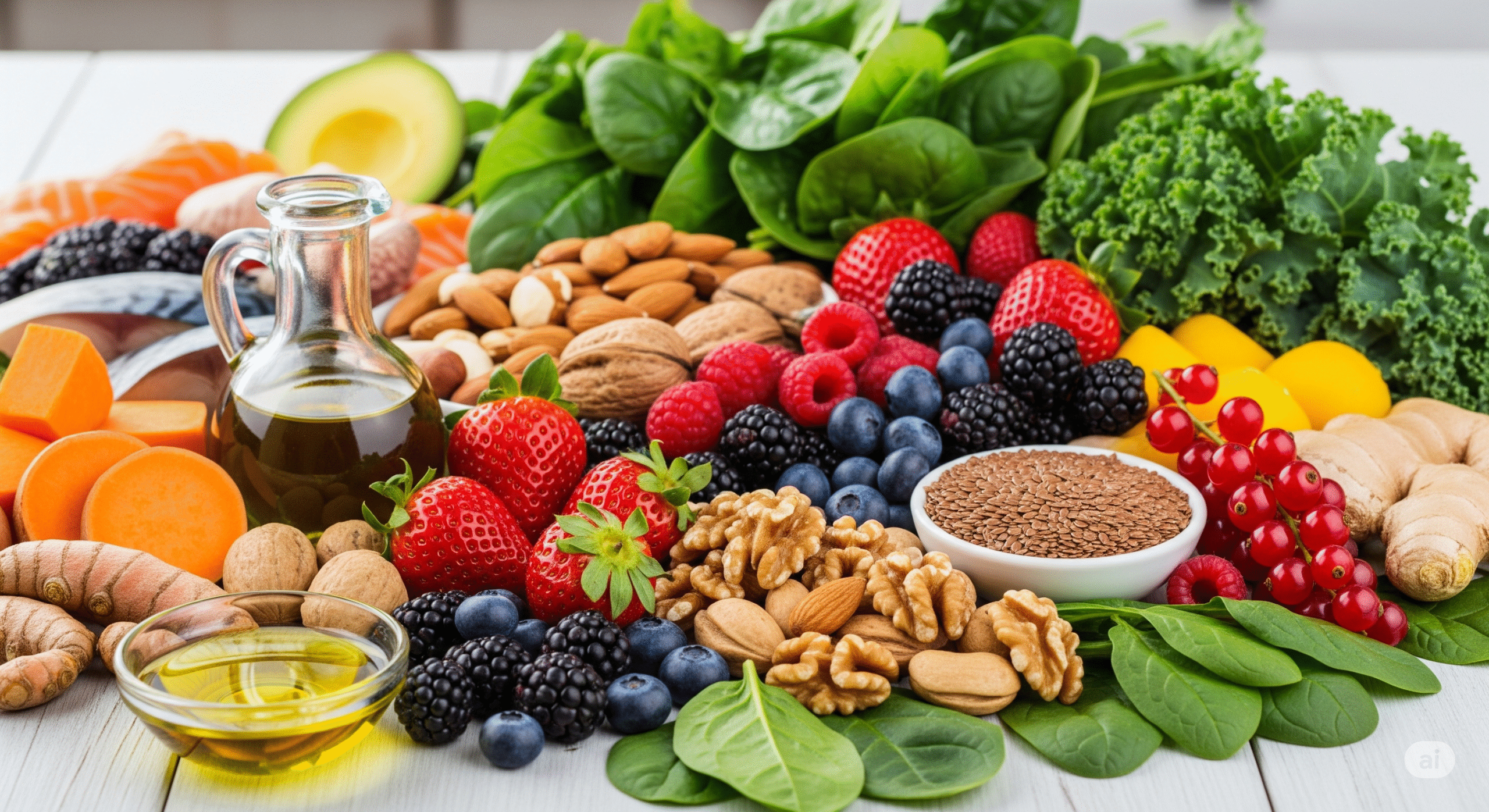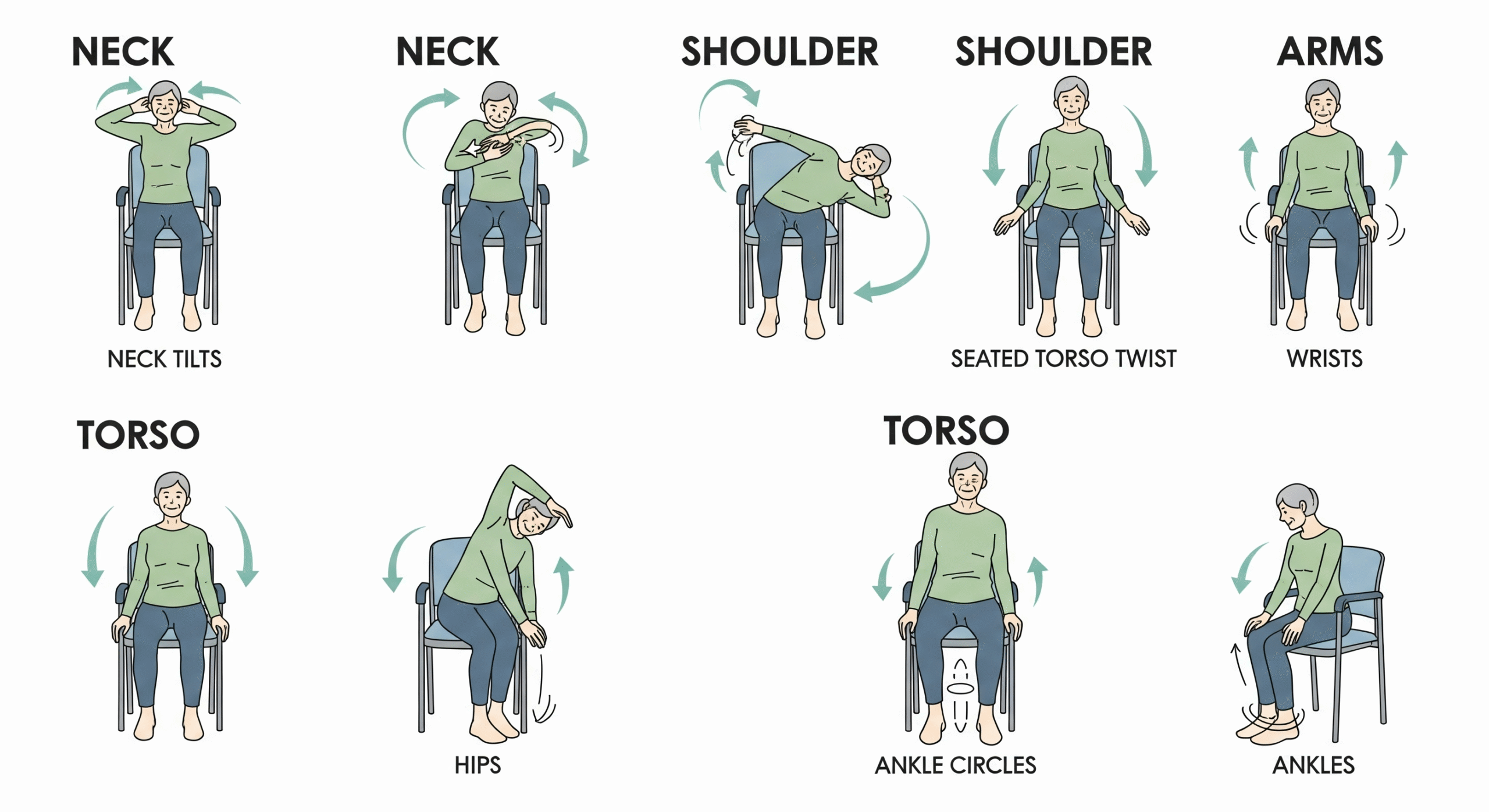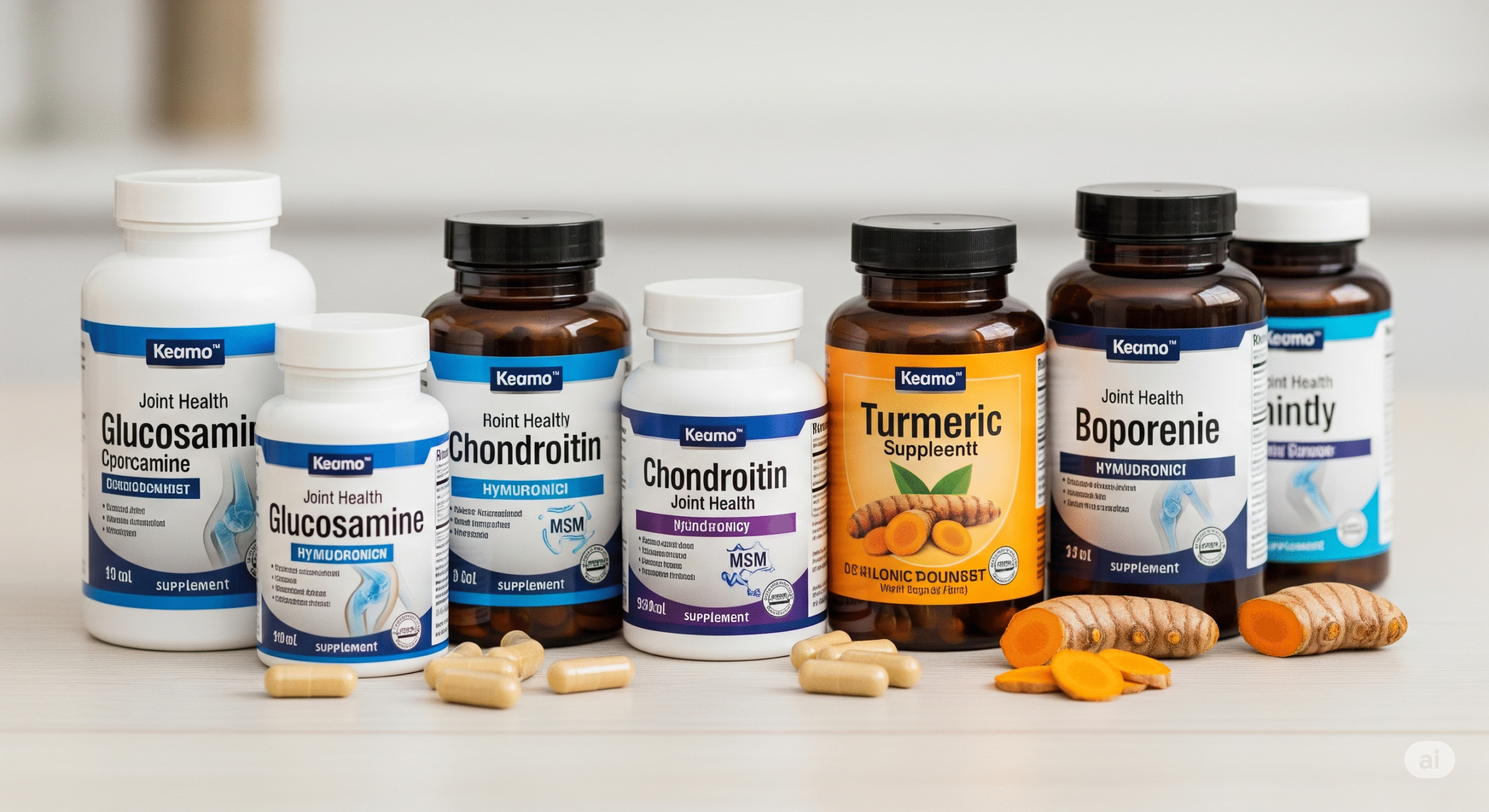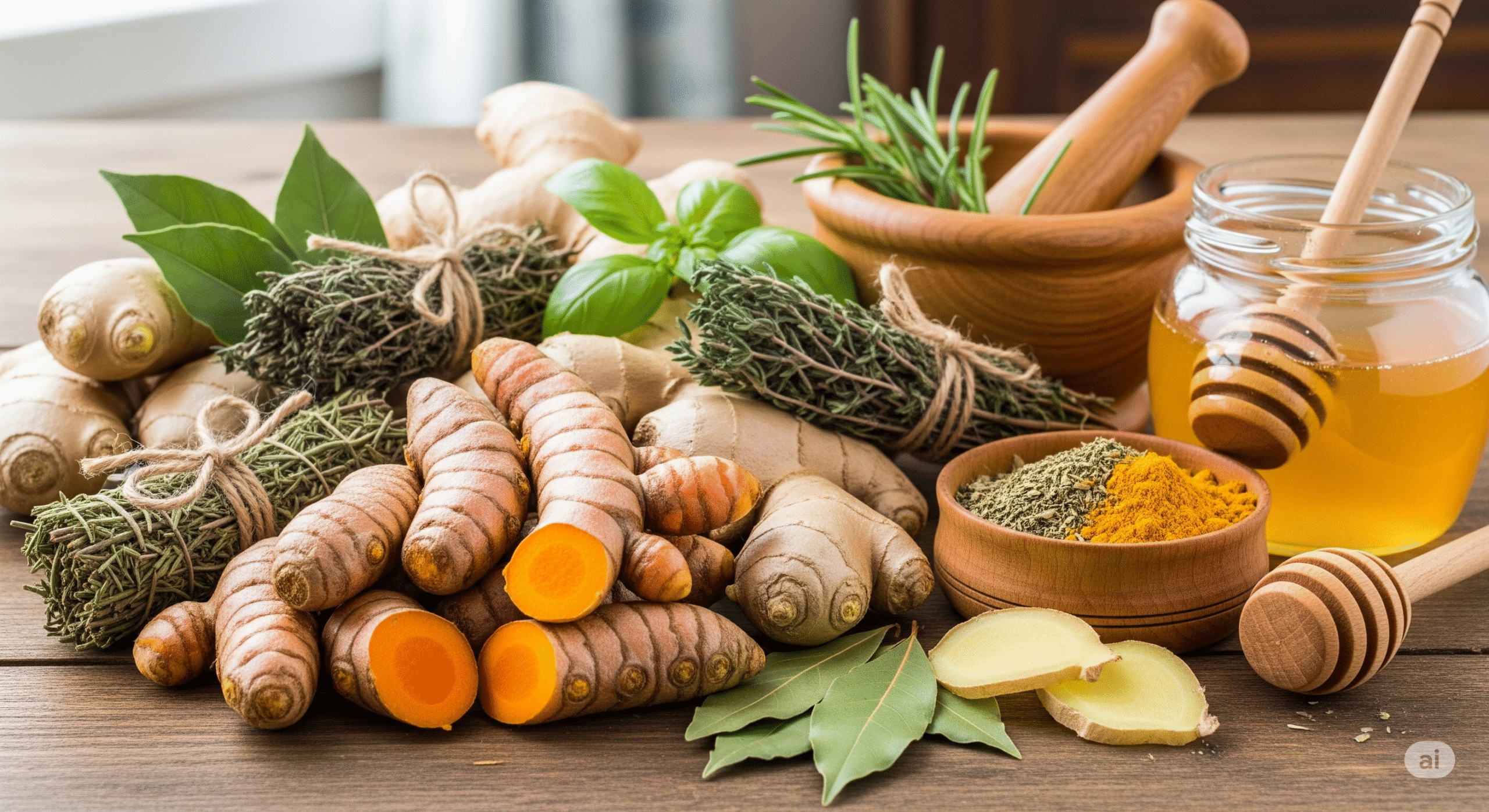The Ultimate Guide to Natural Joint Pain Relief: Home Remedies, Nutrition, and Targeted Supplements

Living with persistent joint pain can feel like a daily battle, impacting everything from your morning routine to your favorite hobbies. It's a widespread challenge, and while conventional medicine offers solutions, many people are turning to natural, holistic methods to find lasting relief. This comprehensive guide will equip you with a powerful, multi-faceted approach to managing joint pain and improving mobility, focusing on evidence-based home remedies, strategic nutrition, and the cutting-edge role of modern nutraceuticals. Our goal is to empower you to take control of your health and reclaim a life free from discomfort.
Understanding the Root Cause: Chronic Inflammation
To effectively combat joint pain, you must first understand its primary driver: **inflammation**. Inflammation is the body's natural response to injury or infection. It’s a vital process that helps heal wounds and fend off invaders. However, when this response becomes chronic, it can lead to long-term pain, stiffness, and tissue damage, particularly in the joints.
Chronic inflammation can be triggered by various factors, including an unbalanced diet, lack of physical activity, stress, and environmental toxins. For many, it manifests as conditions like arthritis, where the immune system mistakenly attacks joint tissues. By focusing on strategies that reduce and manage this chronic inflammation, you can address the pain at its source.
Simple, Effective Home Remedies for Immediate Relief
While a long-term strategy is essential, sometimes you need immediate relief. These natural home remedies can provide significant comfort and are easy to integrate into your daily life.
- Heat and Cold Therapy: This classic one-two punch is a go-to for a reason. Apply a cold pack (ice wrapped in a towel) to an inflamed, painful joint for 15-20 minutes to reduce swelling and numb the area. Follow this with a warm compress, a heating pad, or a warm bath to relax muscles, improve blood flow, and soothe stiffness. The heat-cold alternation is particularly effective for muscle soreness and chronic joint pain.
- Epsom Salt Baths: Soaking in a warm bath with Epsom salts (magnesium sulfate) can work wonders. Magnesium is a natural muscle relaxant that can be absorbed through the skin, helping to ease muscle tension and reduce pain around the joints. Add two cups of Epsom salts to your bath and enjoy a soothing 20-30 minute soak.
- Topical Oils and Creams: Many natural ingredients can provide localized pain relief when applied topically. Massage a small amount of peppermint or eucalyptus oil (diluted with a carrier oil) into the affected area for a cooling, soothing sensation. Creams containing capsaicin, a compound found in chili peppers, can also provide a warming sensation that helps to distract from pain.
- Turmeric and Ginger: These powerful spices are more than just flavor enhancers—they are potent natural anti-inflammatories. Turmeric contains **curcumin**, a compound with anti-inflammatory effects that have been compared to some over-the-counter medications. Ginger also possesses compounds that help block the production of inflammatory chemicals in the body. Incorporate them into your diet by making a simple tea, adding them to smoothies, or using them generously in your cooking. A daily cup of warm ginger-turmeric tea can be a beneficial ritual.

Movement as Medicine: Routines to Reclaim Your Body
Regular, mindful movement is one of the most powerful tools for long-term pain management and mobility. It’s about building a consistent, gentle routine that supports your joints without causing strain. Staying sedentary can lead to stiffness and further pain.
- Daily Stretching Routine: A simple 10-15 minute daily stretching routine can significantly improve joint flexibility and reduce stiffness. Focus on slow, controlled movements. Examples include neck rotations, shoulder rolls, arm circles, gentle spinal twists while seated, and light leg stretches. Consistency is more important than intensity.
- Low-Impact Aerobics: Exercises like walking, swimming, or cycling are excellent for joint health. They get your heart rate up without the high impact of running or jumping. Swimming, in particular, is beneficial because the buoyancy of the water supports your body, reducing stress on your joints while you build muscle strength and cardiovascular endurance.
- Yoga and Tai Chi: These ancient practices are perfect for building both physical and mental resilience. They combine fluid movements, deep breathing, and meditation, which can help reduce stress and improve body awareness. Poses are often modified to suit individual needs, making them accessible to all fitness levels. They are highly effective for improving balance, strength, and flexibility, all of which are critical for mobility.
- Chair-Based Exercises: For those with severe pain or limited mobility, chair-based exercises are an excellent starting point. They allow you to safely perform movements that target key joints like your ankles, hips, and knees while fully supported.

Fueling Your Body: The Role of an Anti-Inflammatory Diet
What you eat has a profound impact on your body’s inflammatory state. By adopting a diet rich in anti-inflammatory foods, you can support your joints from the inside out.
- Omega-3 Fatty Acids: These are the superstars of anti-inflammatory nutrition. Found in fatty fish (salmon, mackerel, sardines), walnuts, and flaxseeds, omega-3s help to reduce the production of inflammatory chemicals in your body. Aim to include these sources in your diet regularly.
- Leafy Greens and Colorful Vegetables: Spinach, kale, broccoli, bell peppers, and carrots are packed with antioxidants and phytochemicals that fight oxidative stress and inflammation. The more color on your plate, the better.
- Berries: Blueberries, strawberries, raspberries, and blackberries are not only delicious but also high in antioxidants like anthocyanins, which have powerful anti-inflammatory effects.
- Nuts and Seeds: Almonds, walnuts, chia seeds, and flaxseeds are great sources of healthy fats, fiber, and protein. They also contain anti-inflammatory compounds.
- Foods to Limit: To truly benefit from an anti-inflammatory diet, you should also limit foods that can fuel inflammation, such as processed snacks, sugary drinks, fried foods, and refined carbohydrates.

The Power of Targeted Nutraceuticals: When Diet Isn’t Enough
While a healthy diet is foundational, achieving optimal levels of certain joint-supporting nutrients through food alone can be challenging. This is where **nutraceuticals**—high-quality nutritional supplements backed by science—offer a significant advantage. They provide a powerful, efficient, and convenient way to fill nutritional gaps and ensure your body receives the concentrated support it needs.
- Concentrated Dosages: Supplements deliver precise, concentrated amounts of active ingredients that would be difficult or expensive to get from food. For example, you would need to consume a very large amount of turmeric to get the same anti-inflammatory benefits as a standardized curcumin supplement.
- Efficiency and Value: Modern supplements often combine multiple synergistic ingredients into a single, easy-to-take capsule. A single joint health supplement might contain glucosamine, chondroitin, MSM, and a potent botanical extract, saving you the time and expense of buying and taking multiple products. This multi-pronged approach is highly efficient and offers superior value.
- Targeted Support: Specific nutraceuticals are formulated to address particular aspects of joint health. **Glucosamine and Chondroitin** support cartilage health and prevent its breakdown. **MSM** helps reduce inflammation and muscle soreness. **Turmeric (Curcumin)** provides a powerful anti-inflammatory effect. By choosing a well-formulated supplement, you can provide your body with the targeted support it needs to repair and recover.

Frequently Asked Questions (FAQ)
Q1: Can joint pain be a sign of a serious condition?
A1: While many causes of joint pain are manageable, it can be a symptom of more serious conditions like rheumatoid arthritis or an infection. You should seek professional medical advice if the pain is severe, persistent, accompanied by swelling or redness, or limits your daily activities.
Q2: How do nutraceuticals for joint health work?
A2: Nutraceuticals for joint health often contain ingredients that work synergistically to address the root causes of pain. Ingredients like glucosamine and chondroitin help support and rebuild cartilage, while anti-inflammatory agents like curcumin and MSM reduce the systemic inflammation that contributes to pain and stiffness.
Q3: What lifestyle changes are most effective for joint pain?
A3: The most effective changes include maintaining a healthy weight to reduce stress on joints, engaging in a consistent low-impact exercise routine to improve mobility, and adopting an anti-inflammatory diet. Managing stress and ensuring adequate sleep also play a crucial role in reducing pain perception and promoting healing.
Q4: How long does it take for natural remedies to work?
A4: The time it takes for natural remedies to show results can vary. While some topical solutions and therapies like heat/cold may provide immediate relief, dietary and lifestyle changes often take several weeks or months of consistent application to show significant, lasting effects. This is why a holistic and patient approach is essential.
Conclusion: A Life Without Limits
Living with pain and limited mobility can be a daily struggle, but it doesn't have to be a life sentence. By understanding the root causes of your discomfort, embracing effective home remedies, adopting advanced strategies, and making sustainable lifestyle changes, you can take significant strides towards a more active and fulfilling life. The journey to improved health is a holistic one, where every aspect of your well-being—from physical movement to mental resilience and nutrition—plays a vital role.
Remember that consistency is key, and small, positive changes can accumulate into profound transformations over time. Be patient with your body, celebrate your progress, and don't hesitate to seek professional guidance when needed. The power to reclaim your mobility and live with less pain is within your reach.
Ready to Elevate Your Joint Health?
While a healthy diet and exercise routine are crucial, targeted nutraceuticals can provide an efficient and powerful boost. Our curated selection of top-tier supplements is designed to deliver concentrated, synergistic ingredients for optimal joint health.
Discover the Top 3 Supplements for Joint Pain and MobilityTake control of your health today and unlock a more mobile, pain-free future.
